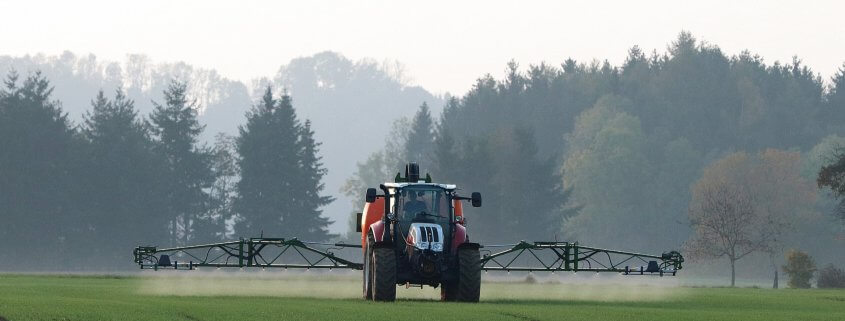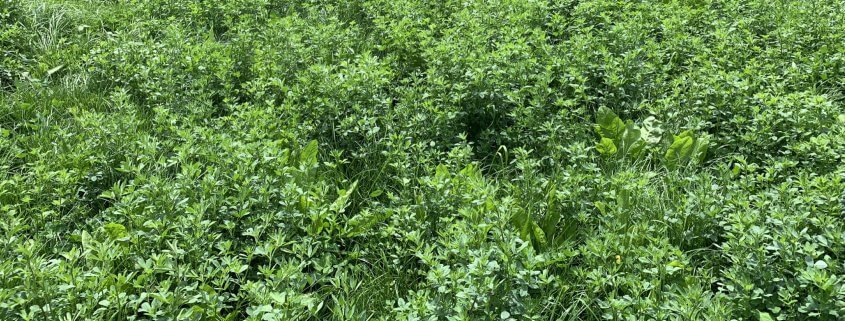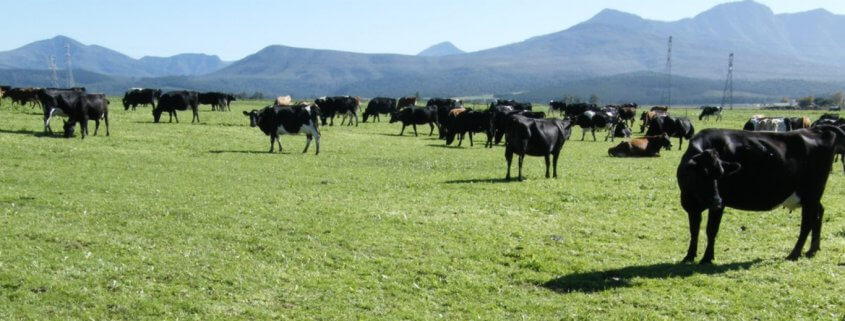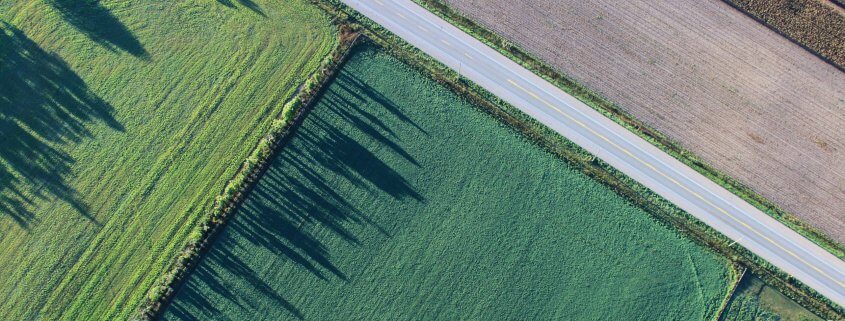Carbon footprint reduction over time: Lessons from pasture-based dairy farms in South Africa
The reductions in emissions on the 20 pasture-based dairy farms over the past five years are an encouragement to any farm that would like to reduce their environmental impact. The most significant improvements have come from increased feed conversion efficiency, a higher proportion of pasture in the diet, and lower N fertiliser application rates.

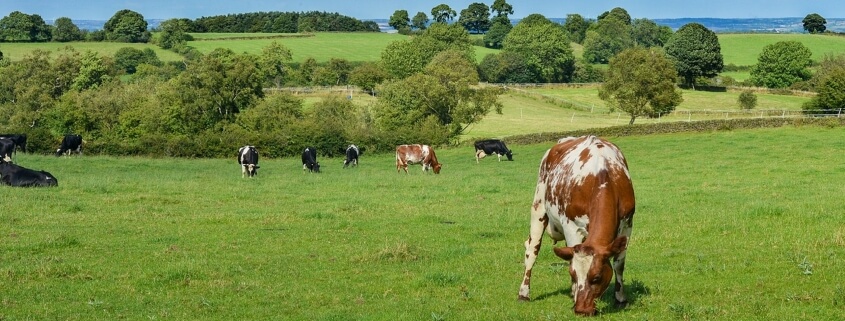
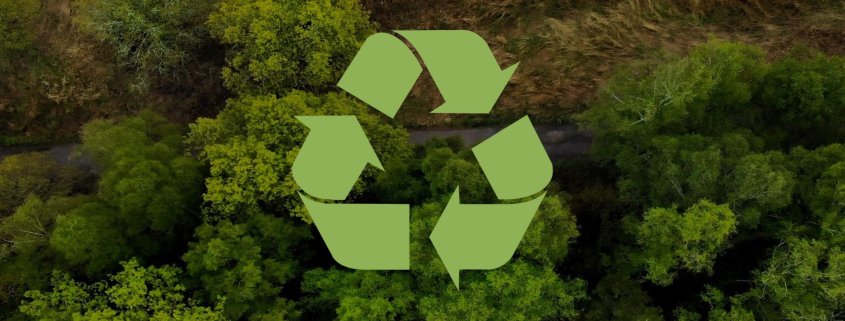
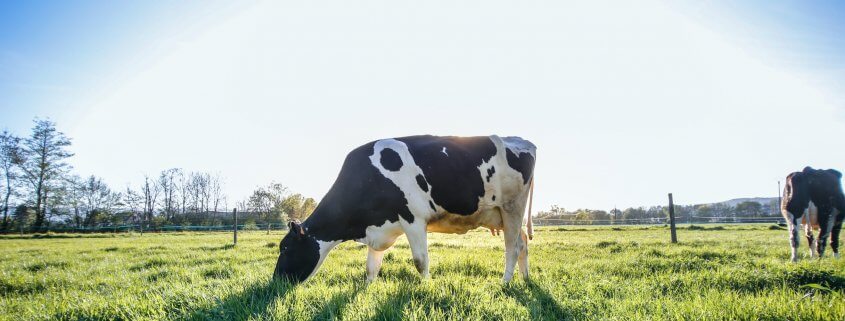
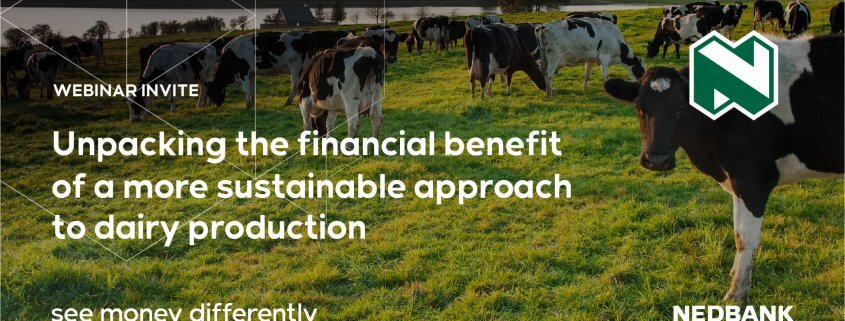

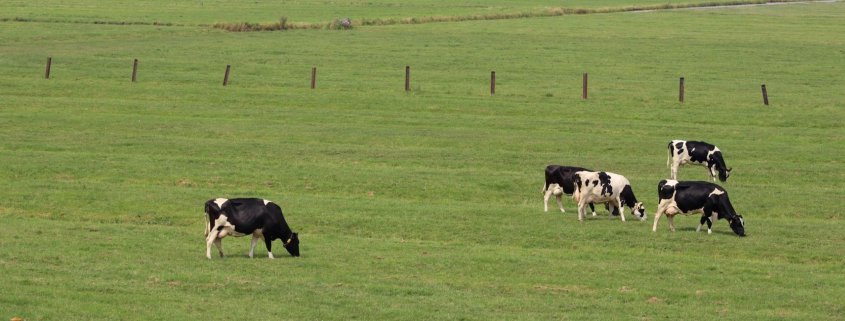 https://unsplash.com/photos/TfGqzlSaQdw
https://unsplash.com/photos/TfGqzlSaQdw